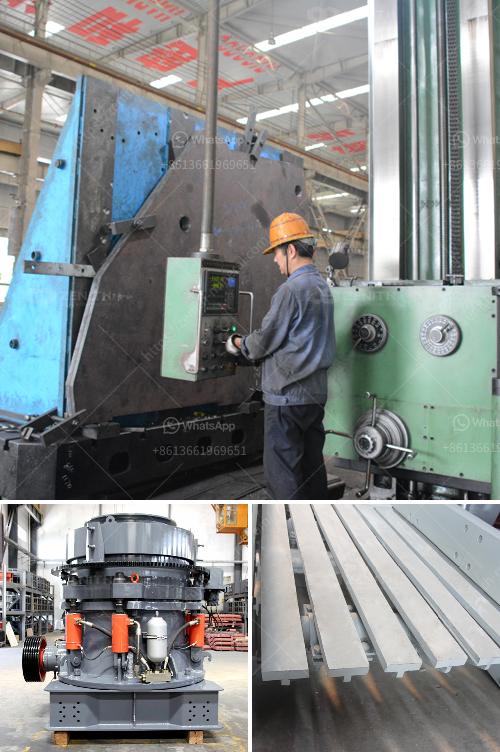Building a coal washing plant is a complex process that requires careful planning, design, and implementation. Here is a high-level outline of the steps involved:
-
Feasibility Study and Planning:
- Market Analysis: Understand the demand for washed coal.
- Site Selection: Choose an appropriate location considering factors like transportation, water supply, and proximity to coal mines.
- Environmental Impact Assessment: Conduct necessary studies to understand and mitigate the impact on the environment.
-
Design and Engineering:
- Process Design: Develop a detailed process for washing coal, including the selection of cleaning methods like dense medium separation, jigs, cyclones, etc.
- Engineering Design: Design the plant layout, including the arrangement of crushers, screens, washers, thickeners, and conveyors.
- Water Treatment Systems: Plan for water filtration and recycling systems to handle the high water usage in coal washing.
-
Permits and Approvals:
- Obtain necessary environmental, land use, and construction permits from relevant authorities.
-
Procurement:
- Equipment and Materials: Source and order necessary equipment such as crushers, screens, coal washing equipment, thickeners, and conveyors.
- Construction Materials: Order concrete, steel, piping, electrical parts, and other materials needed for construction.
-
Construction:
- Infrastructure Development: Prepare the site by constructing access roads, foundations, and utility connections.
- Erection of Structures: Build the plant structures, including the coal preparation building, control rooms, storage facilities, and water treatment facilities.
- Installation of Equipment: Install equipment as per the design specifications.
-
Commissioning:
- Testing: Conduct trials to ensure that all equipment is functioning correctly and meeting performance criteria.
- Calibration: Calibrate sensors, control systems, and machinery to optimize plant performance.
-
Operation and Maintenance:
- Staff Training: Ensure that personnel are trained in operating and maintaining the plant.
- Operational Procedures: Establish standard operating procedures (SOPs) for the plant.
- Ongoing Maintenance: Implement a maintenance schedule to ensure reliability and efficiency.
-
Environmental Compliance:
- Monitoring: Continuously monitor environmental impact and ensure compliance with regulations.
- Waste Management: Develop a plan for managing waste products like slurry and tailings.
-
Continuous Improvement:
- Regularly review plant performance and implement improvements to enhance efficiency and reduce costs.
Each step involves detailed planning and execution, often requiring a multi-disciplinary team of engineers, environmental scientists, and business planners.

